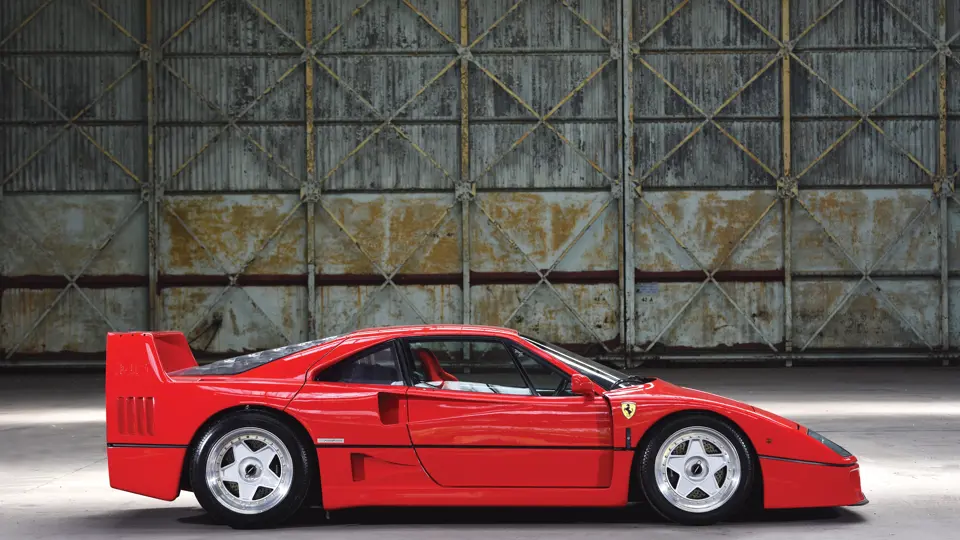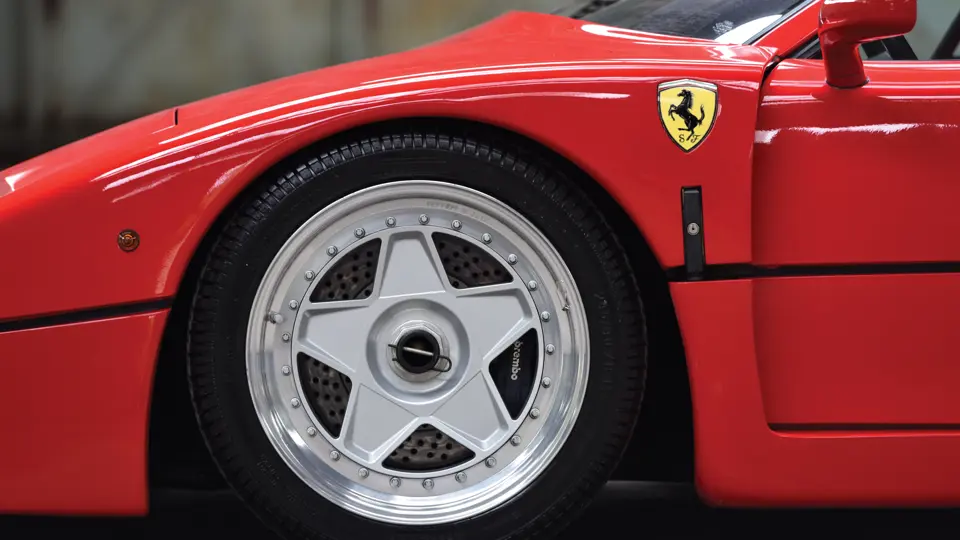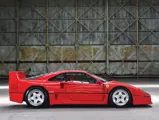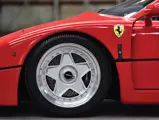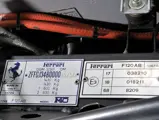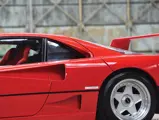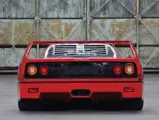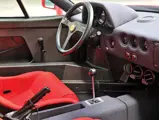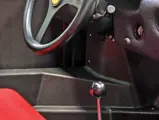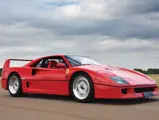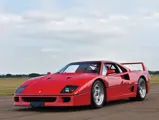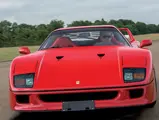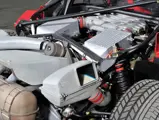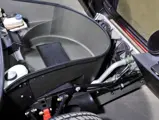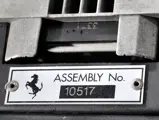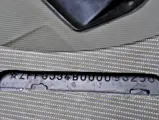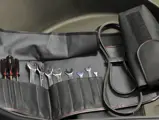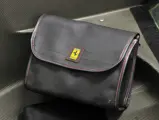478 bhp, 2,936 cc DOHC 90-degree V-8 engine with two turbochargers and Weber-Marelli engine management and fuel injection, five-speed manual gearbox, tubular steel and carbon-composite chassis, independent double-wishbone suspension with Koni hydraulic shock absorbers and front and rear anti-roll bars, and four-wheel steel ventilated disc brakes. Wheelbase: 2,450 mm
“THE BEST-EVER FERRARI”
Nineteen eighty-seven was a big year for Enzo Ferrari. Not only did he celebrate his 90th birthday, but more importantly to him, it was 40 years since he built his first car. A year earlier, Enzo was reported to have said: “Let’s make something special for next year’s celebrations, in the way we used to do it”.
That special car was the F40, and it would be the last one that “The Grand Old Man”, as he was affectionately known, would see launched from the legendary company he had created.
At that time, Ferrari was engaged in an all-out war with arch-rivals Lamborghini and Porsche. With its radical styling and record-breaking performance, Lamborghini’s Countach had taken the world by storm, and it became the ultimate poster car for a whole generation. Not to be outdone, Porsche introduced the superb 959 in 1986. The car was laden with a host of technological firsts and was capable of an unbelievable 197 mph, making it the world’s fastest road car.
Never one to be bested by his rivals, “Il Commendatore” did not sit idly by and let Lamborghini and Porsche have the last word. His response would be emphatic, describing the car as “the best Ferrari ever”.
The name for this new car had been suggested by a friend of Ferrari’s, Gino Rancati, who was at Ferrari’s office for a meeting with Razelli, the general manager. Razelli had shown him the new Ferrari, which was to be unveiled at the Frankfurt Motor Show. Rancati asked what it would be called, and Razelli replied that they had two or three possible names but wondered what he would call it. Rancati replied: “Since Ferrari’s biggest market is the United States, and since it is now 40 years since the first Ferrari car has appeared, it should have an English-language name, for example ‘Ferrari Forty’”.
Shortly after, Rancati received a silver plaque with the inscription: “To Gino Rancati, for a brilliant idea”. On the left was a black Cavallino Rampante and on the right “F40 June 1987”. An accompanying letter said: “Dear Rancati, with this plaque, I want to commemorate our meeting on the 4th June, when you kindly contributed to the choice of name for the GT car we presented at the Frankfurt Motor Show. Your contribution has produced excellent results—the ‘F Forty’, based on the idea of 40 years of Ferrari cars, identifies and personalises the fastest Ferrari GT. Kindest regards, G.B. Razelli”. Next to this, in slightly shaky script and violet ink, was: “To Signor Gino, Ferrari”.
Mechanically, the F40 bore much in common with the 288 GTO, and it was, in fact, closely based on the 288 GTO Evoluzione, which was a race version of the GTO. The F40’s engine was also based on the 288 GTO’s twin-turbocharged V-8, which was bored to displace almost three litres. When this displacement was combined with additional tuning, the car’s output exceeded 478 horsepower, making the F40 Ferrari’s most powerful road car to date. Ferrari’s riposte to the Lamborghini Countach and the Porsche 959 was to create the first production car to break the mythical 200-mph barrier, and the F40 did just that, as it was capable of reaching a staggering top speed of 201.4 mph.
THIS FERRARI FORTY
Chassis number 93256, a 1992 model, was originally delivered by SA.MO.CAR SpA to its first and only owner on 4 May 1992 in Rome. As it was produced late in the F40 production run, it was accordingly called a “cat/adjust” car, with adjustable suspension and catalytic converters.
The car returned to SA.MO.CAR for its 1,000–1,500-kilometre service on 4 November 1993 and again in September 2011 for a further complete service, which included new tyres, clutch, cam belts, fuel tanks, and hoses. At the time, the car displayed 3,633 kilometres, and the work performed totalled over €43,000, invoices for which are included on file. More recently, in preparation for sale, a further complete service was performed at Modena Service S.r.l., and presently, the car still shows less than 4,000 kilometres from new. It also retains its original books, tools, and a set of keys.
With the added distinction of being the last Maranello road car to be engineered under Enzo Ferrari’s direct leadership, the F40 remains one of the most celebrated high-performance supercars ever built. Examples of this quality, especially with such low mileage and single ownership, are extremely rare, and the market has certainly renewed its interest in this iconic and ground-breaking Ferrari.


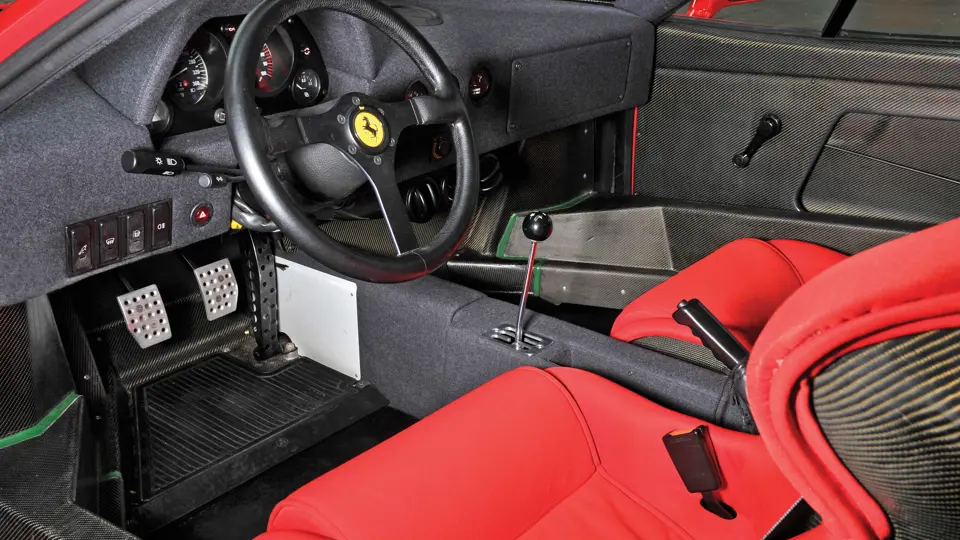


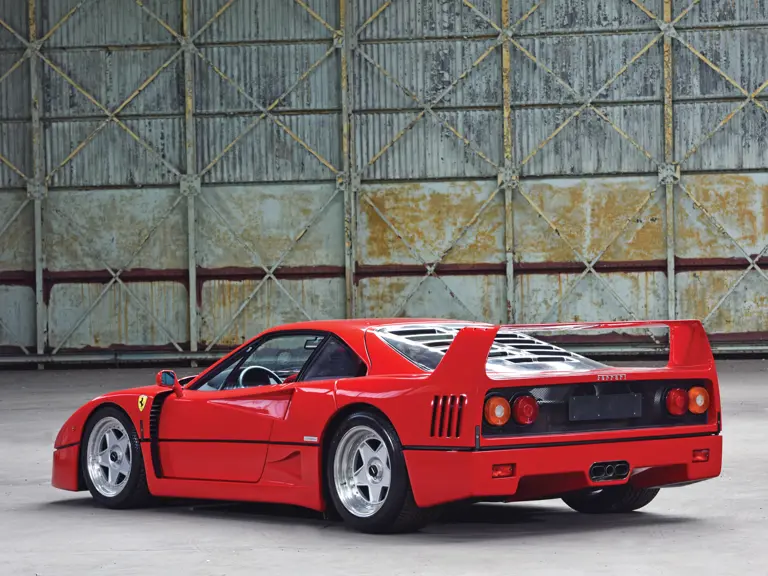

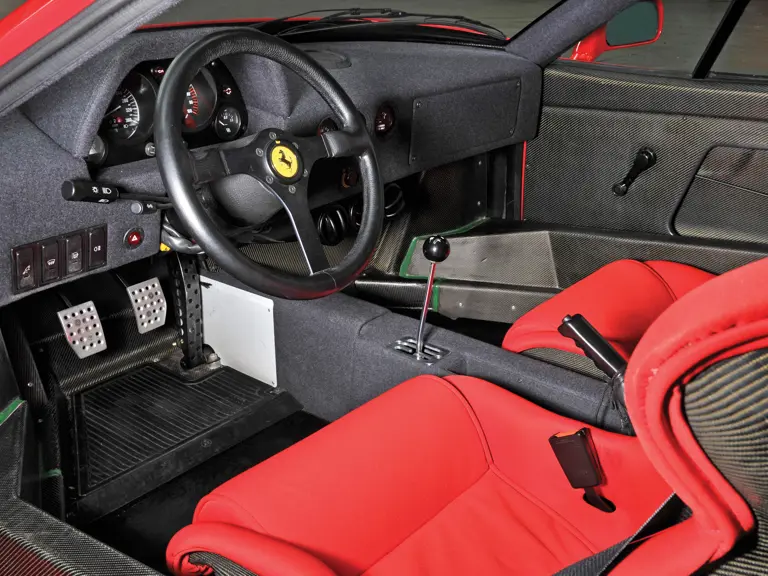
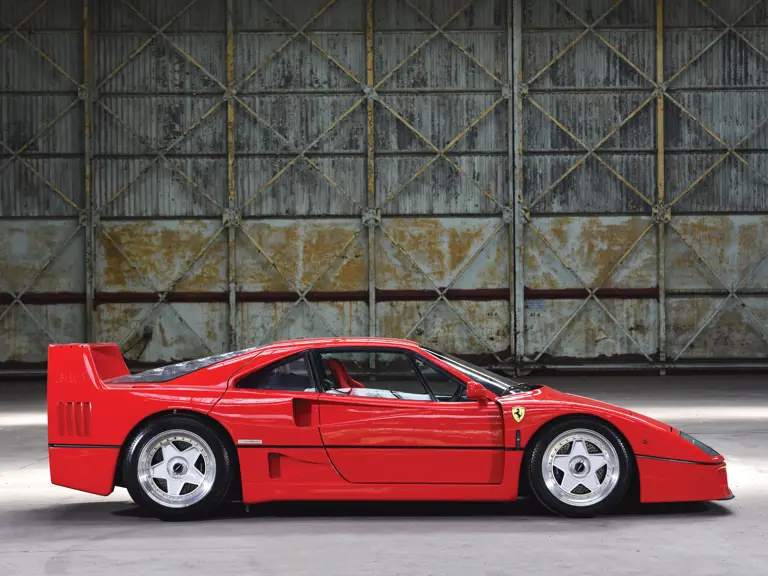
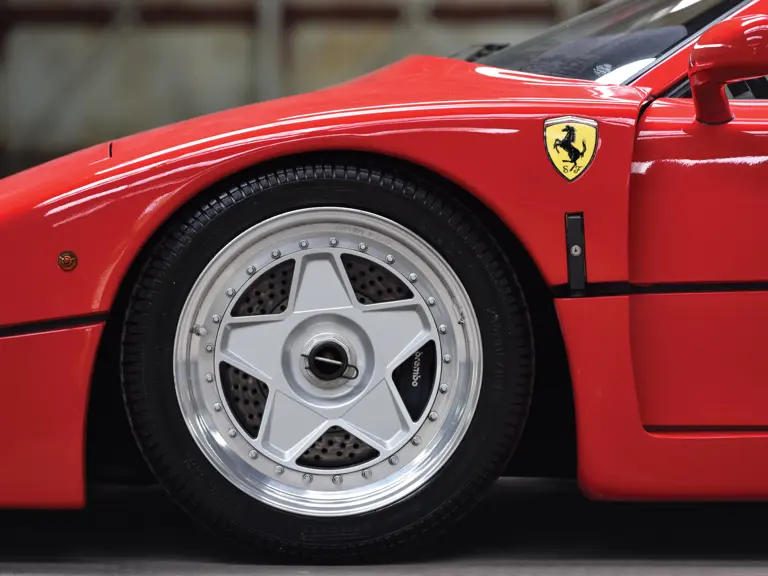


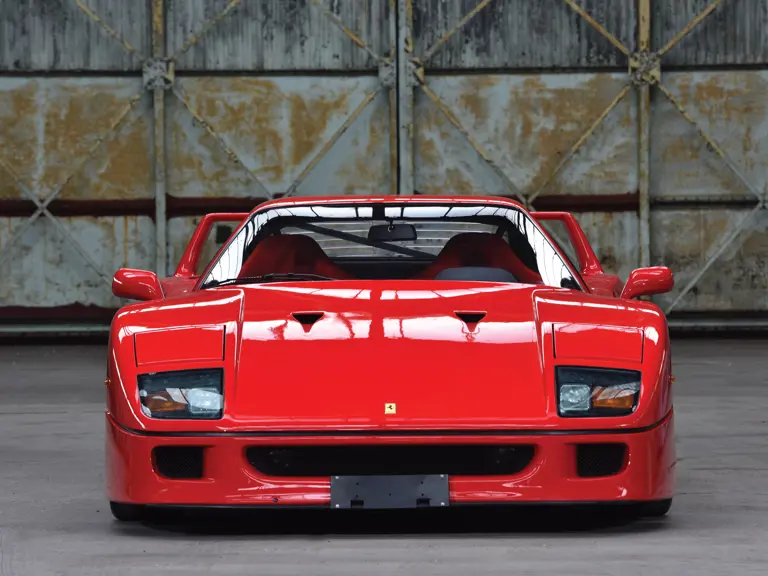
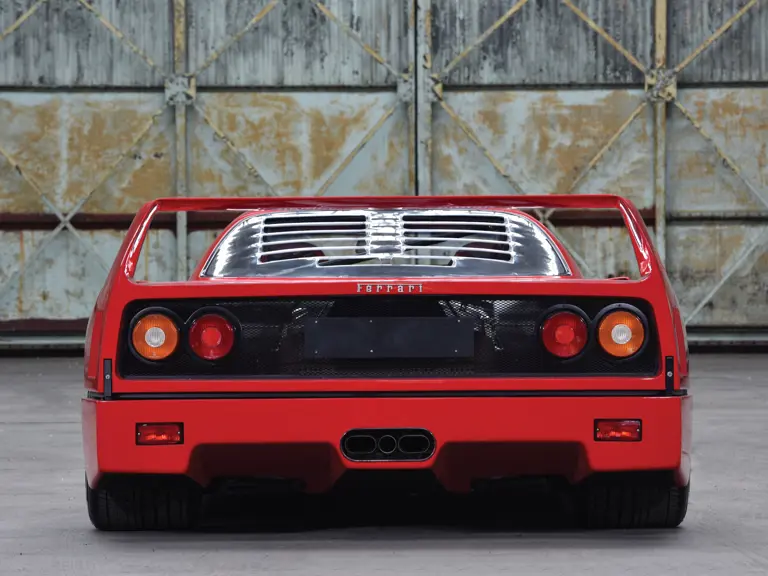
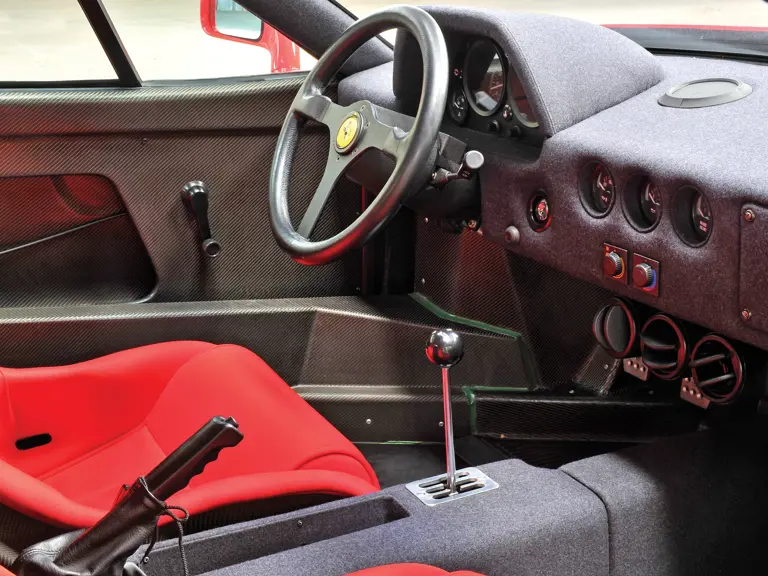
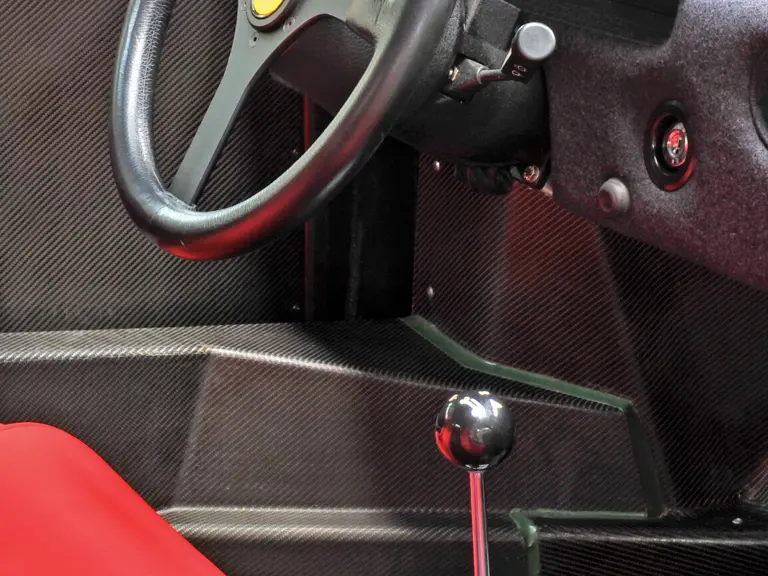
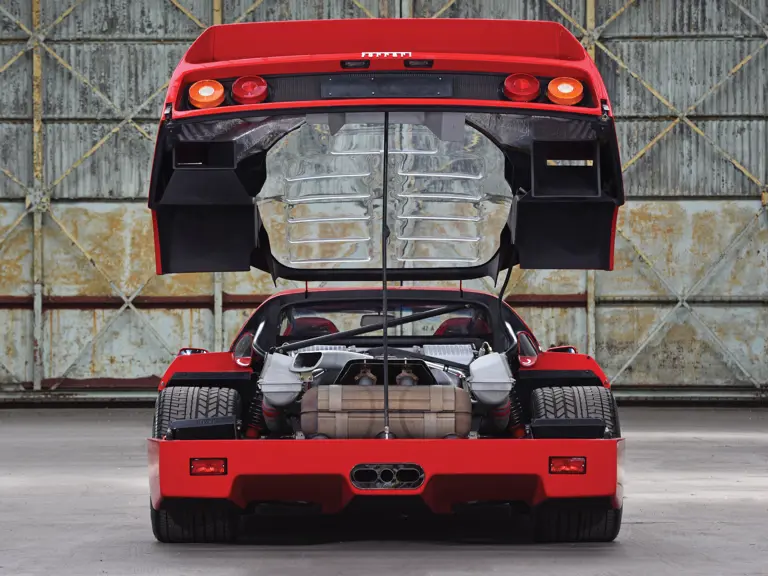
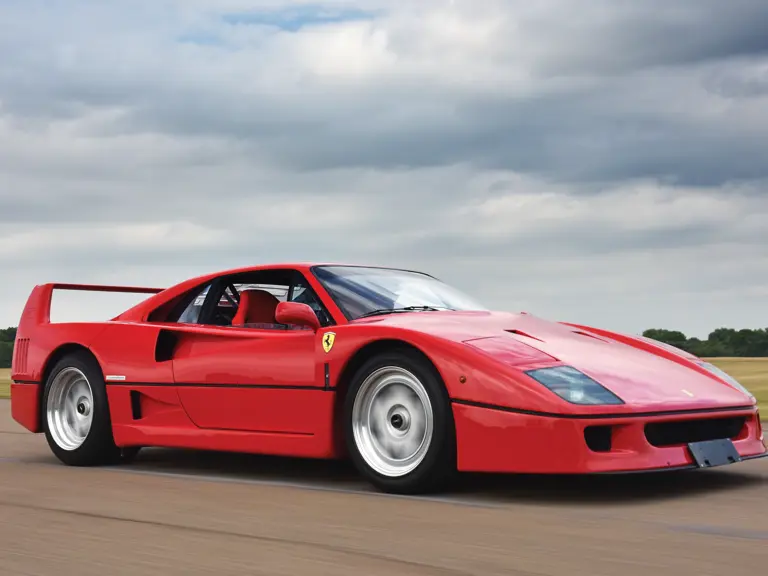
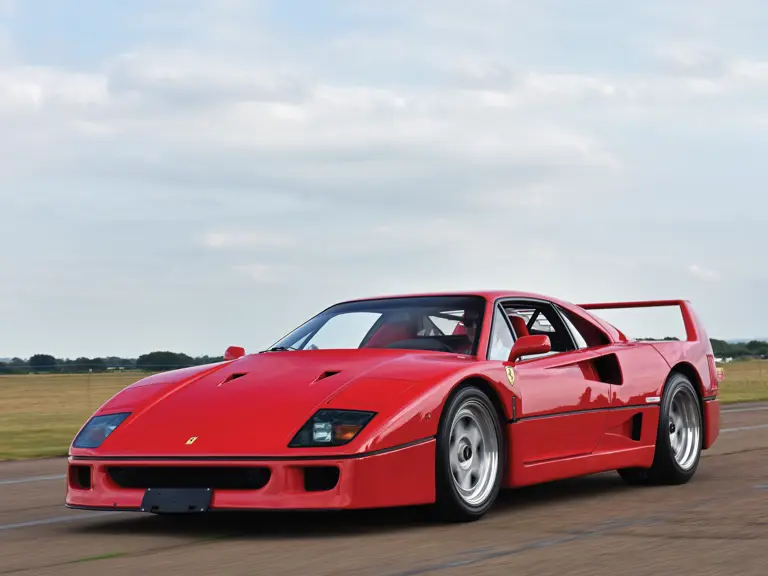

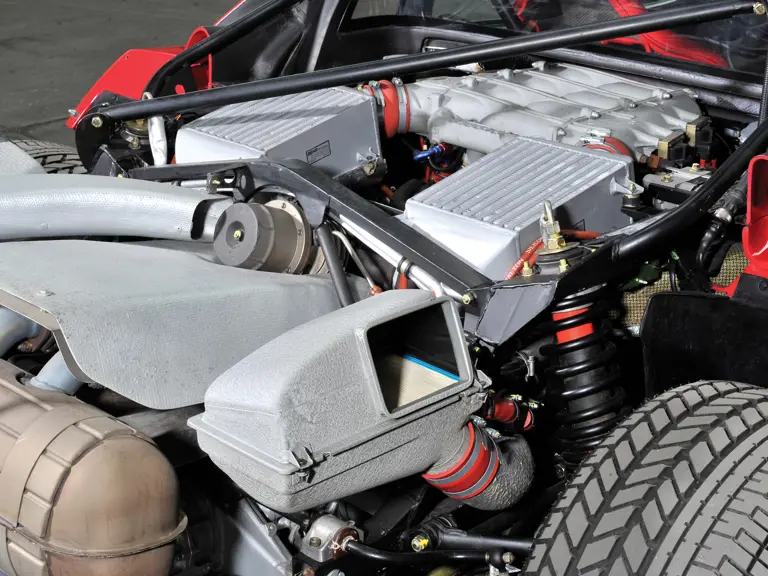
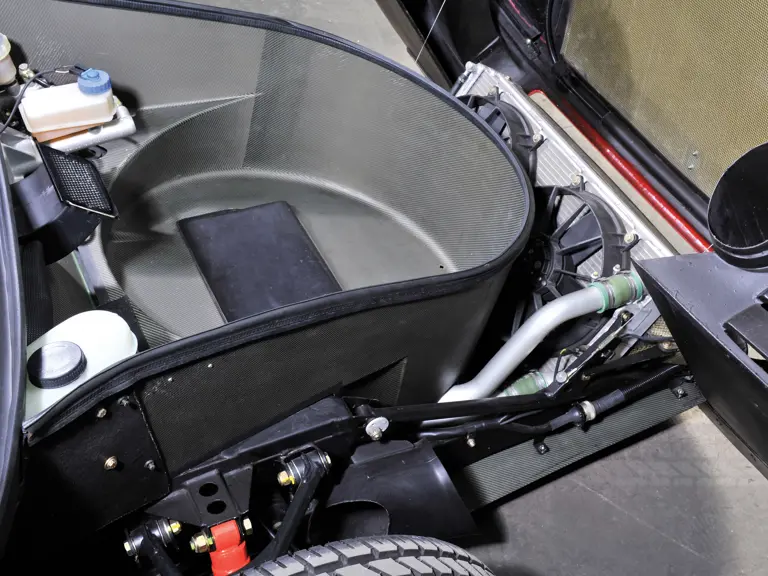
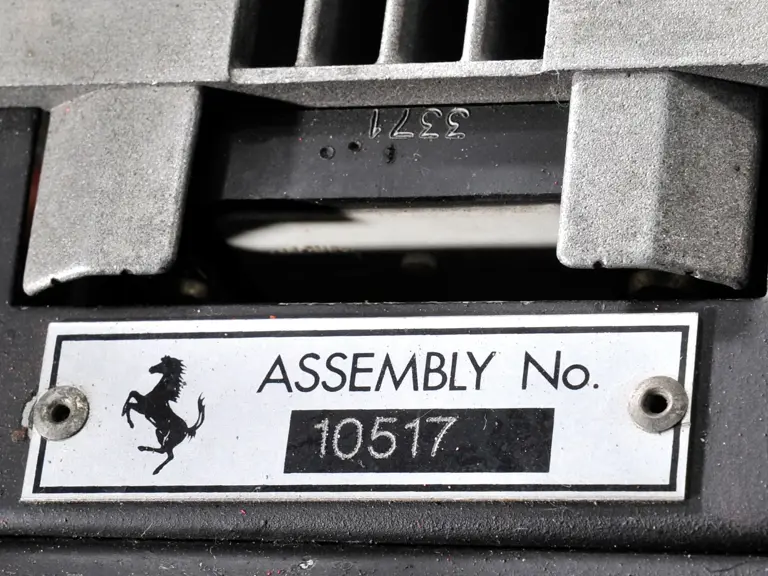
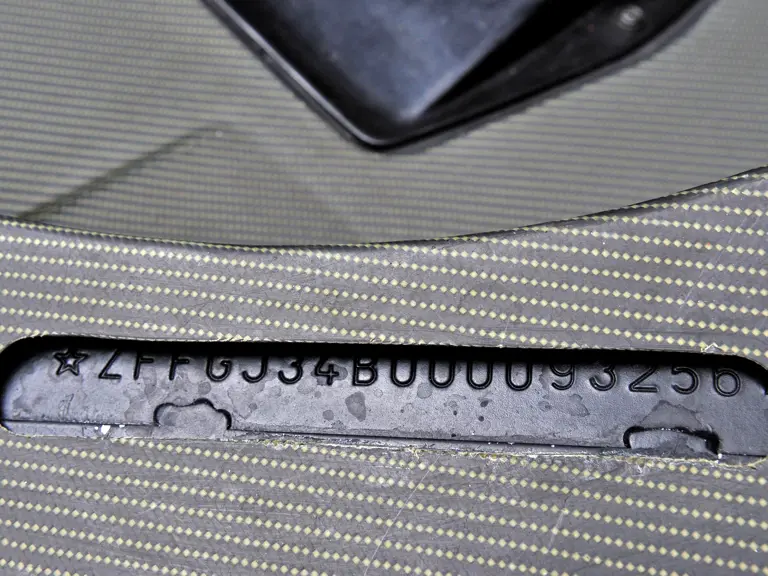
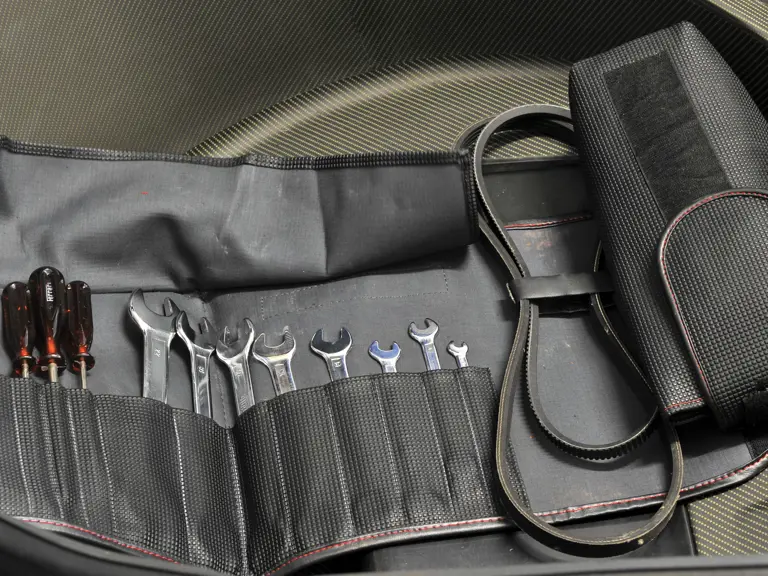
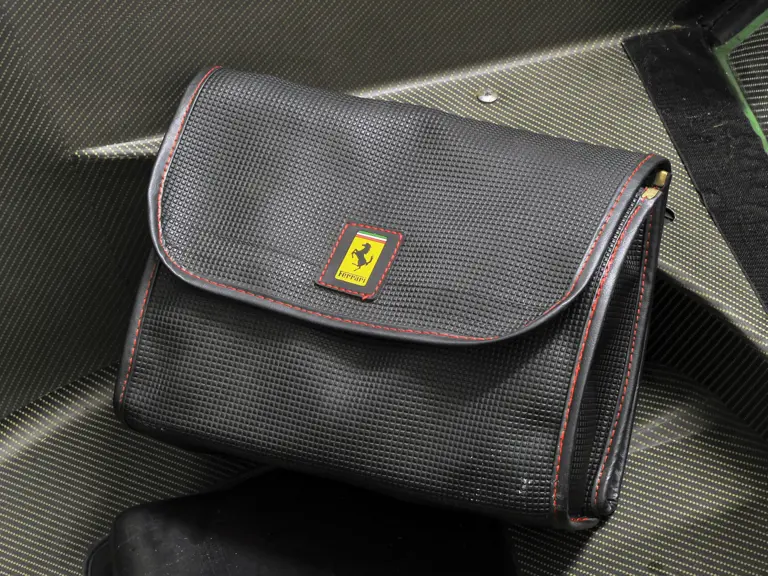
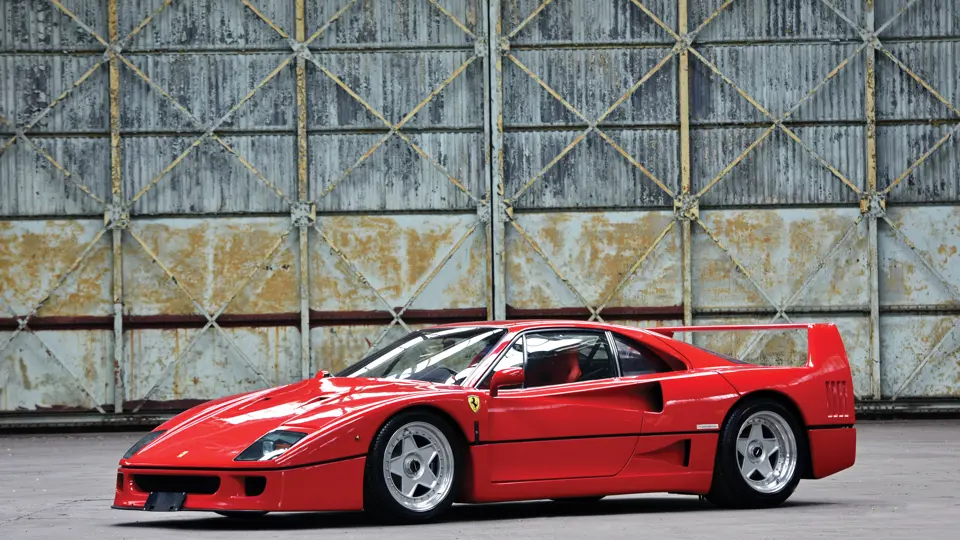
 | London, United Kingdom
| London, United Kingdom
